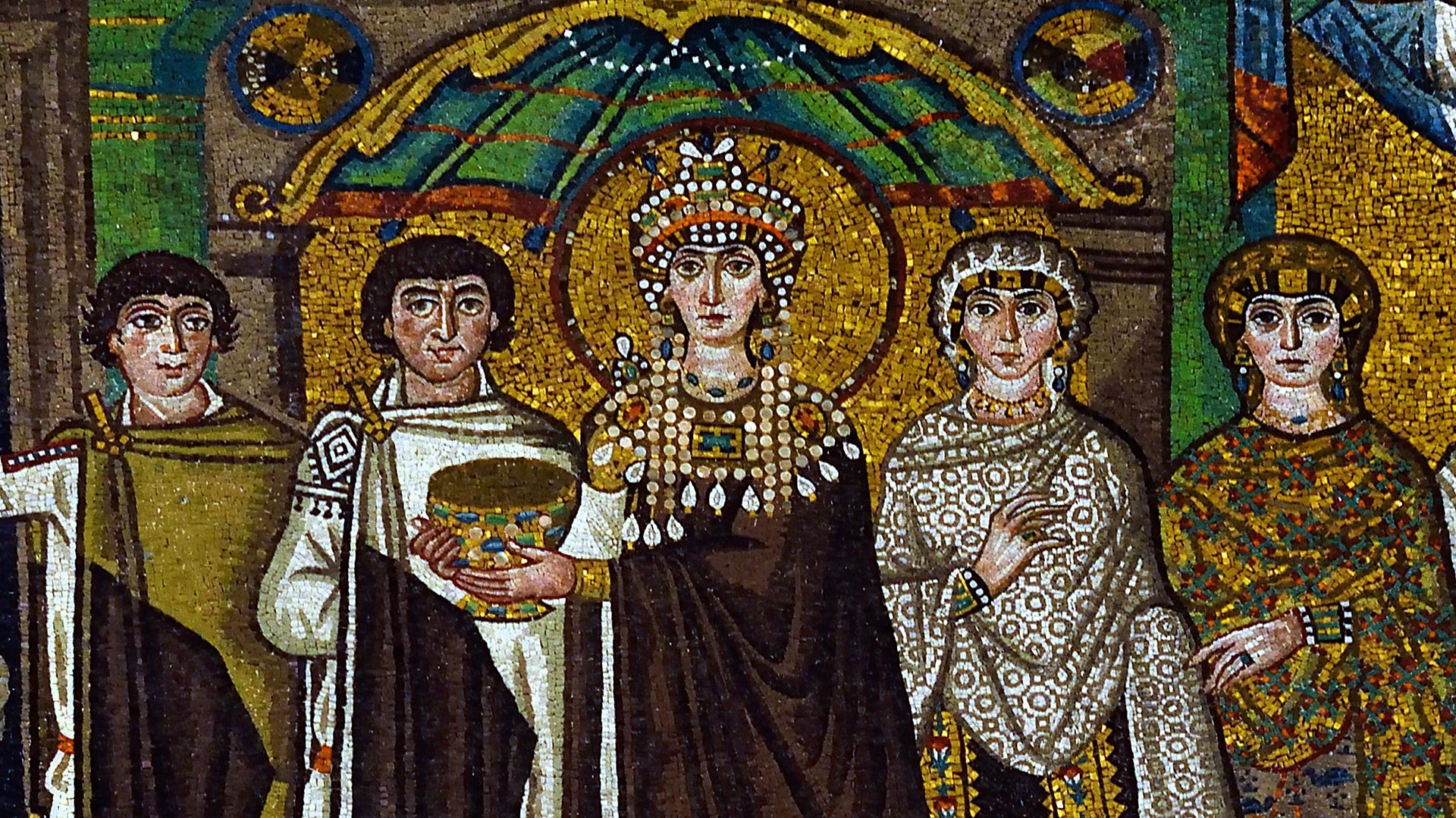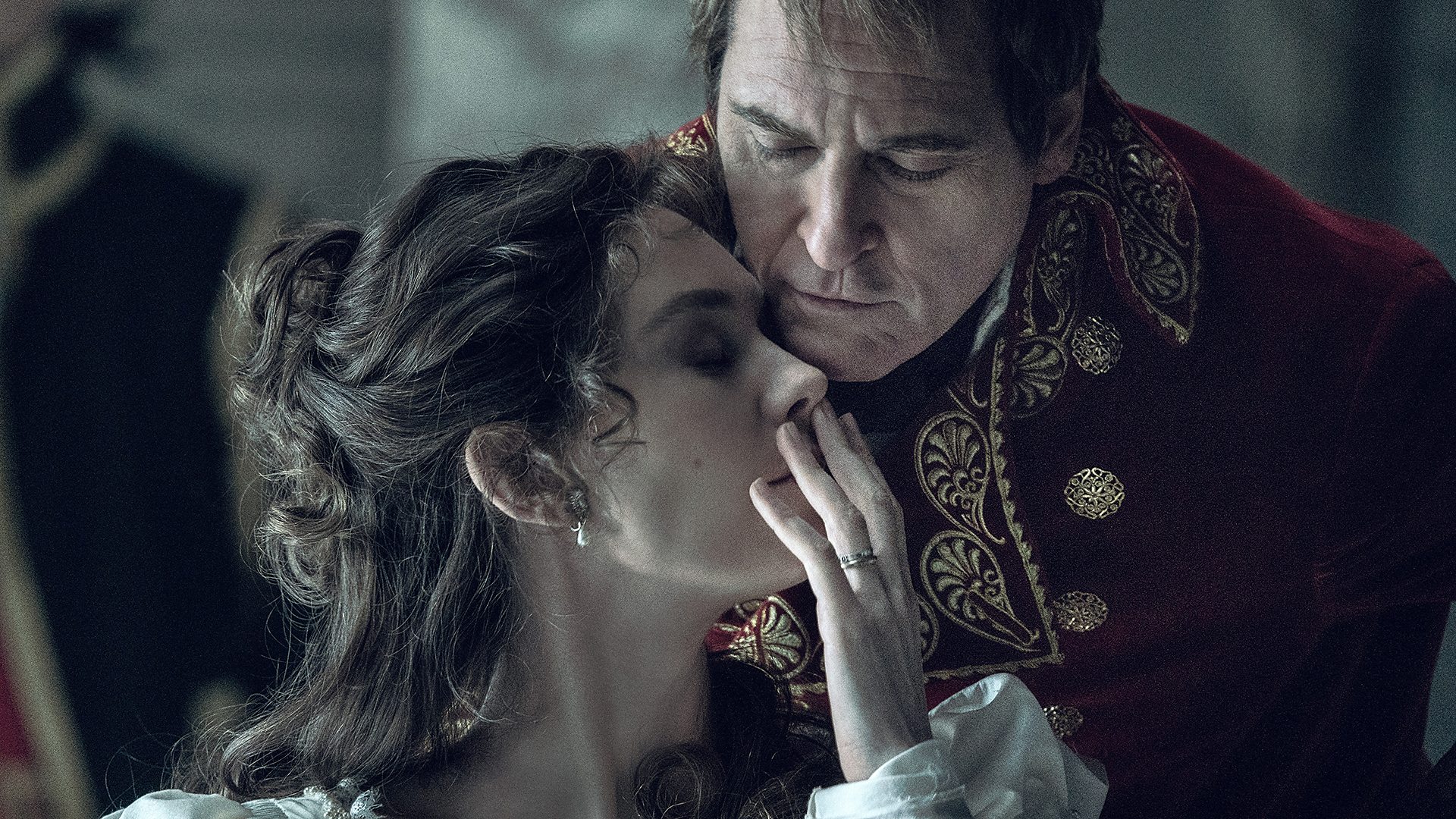John Singer Sargent's portrait of Ena Wertheimer: The painting that challenged sexual norms

As a new exhibition of work by the painter John Singer Sargent opens in Boston, Cath Pound explores how his portrait of Ena Wertheimer pushed boundaries.
The painter John Singer Sargent and one of his sitters, Ena Wertheimer, were good friends. Their mutual rapport is evident in the striking portrait he painted of her in Cavalier fancy dress complete with dashing plumed hat, which can be seen in Fashioned by Sargent, currently showing at the Museum of Fine Arts in Boston. Smiling broadly as she turns to look over her shoulder, she clutches a piece of fabric carefully draped to resemble a cloak in her gloved hand. A broom poking out from beneath it stands in for a ceremonial sword. The dynamic nature of the portrait, which gives the impression of Ena being caught mid-action, led to the 1905 painting's Italian name, A Vele Gonfie, meaning "with full sails" or "with gusto".
More like this:
- The masterpiece that became a meme
It would be a highly unusual portrait under any circumstances, but it is all the more so given that it was commissioned by Ena's father Asher Wertheimer, a British-born art dealer of German-Jewish origin, on the occasion of her marriage to the financier Robert Mathias (it was one of 12 portraits of the family painted by Sargent, the artist's largest private commission).
"It wasn't very common at all to be portrayed in male attire. For a formal marriage portrait it was exceptional," the independent scholar Andrew Stephenson tells BBC Culture. According to Tate, "The plumed hat and cloak were the garments worn by members of the Order of the Garter of the British monarchy, which at the time admitted only male members."
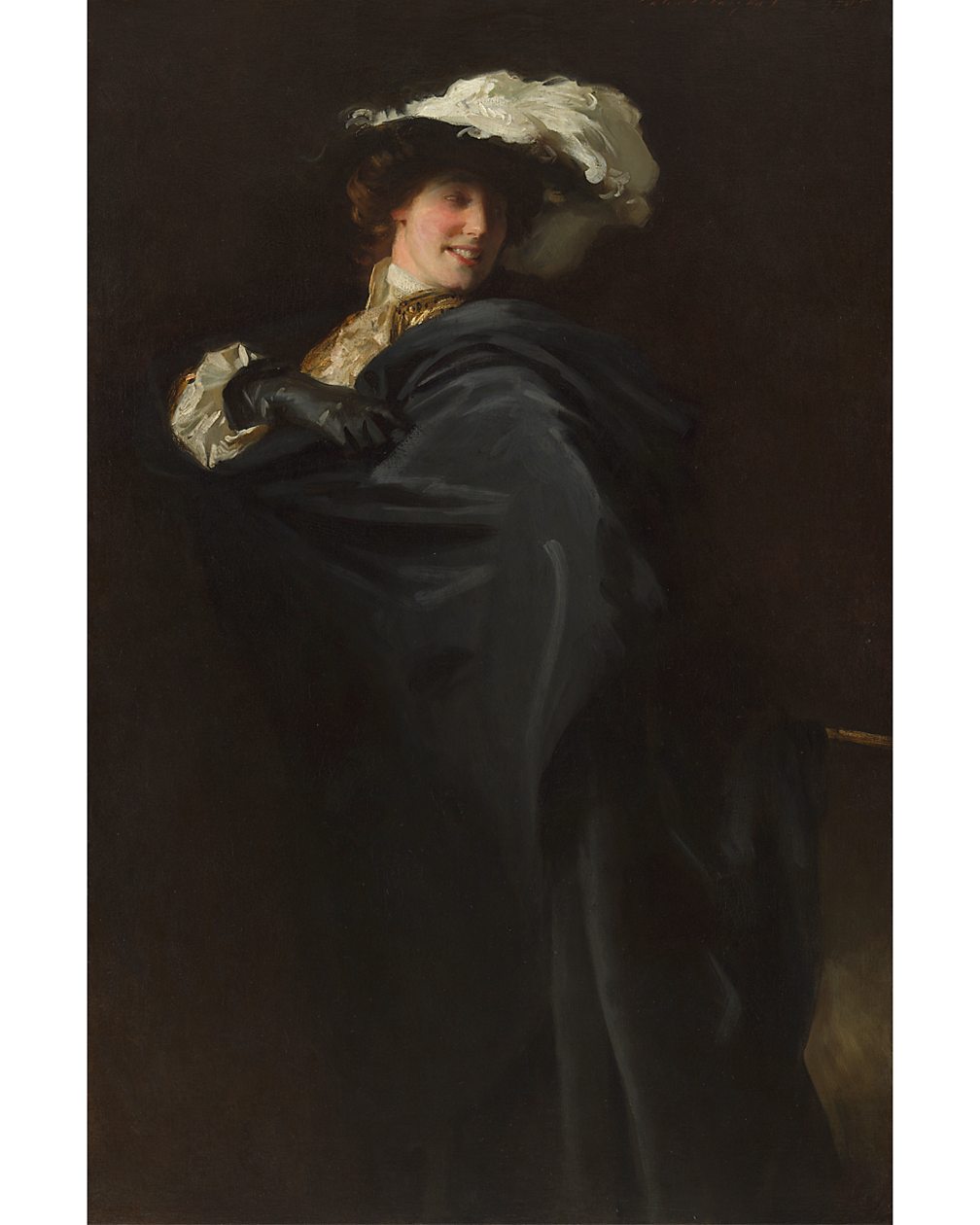
It certainly wasn't the type of outfit that Sargent's female aristocratic clientele would have agreed to be seen in, but these were women with whom Sargent felt no real affinity. An American by birth who had spent most of his life in Europe, Sargent felt something of an outsider in British society and preferred those who were not bound by what he saw as stifling codes of propriety. "He didn't find conventional, conservative English women very interesting. He liked very strong, often independent women," says Stephenson.
An unconventional woman
Ena Wertheimer ticked all the right boxes, having qualities that appealed as a friend and a sitter. Both she and her sister Betty had attended the Slade School of Art and Ena would go on to be an art dealer in her own right. "By all accounts, she was very outgoing, fun-loving and unconventional in her manner and her speech. She was also very tall. This combination of factors produced a woman who was very distinctive but also very cosmopolitan in her manner and approach to how you let yourself be seen," says Stephenson.
Although Ena clearly had a ball during the sittings, the critical reception to A Vele Gonfie was decidedly mixed when the portrait was exhibited at the Royal Academy in 1905. The painter John Collier commended its "extraordinary animation of expression". However, the art critic ACR Carter cattily remarked that Ena had "the elusive grace of a hoyden in full sail", hoyden meaning rude and ill-bred.
This criticism was certainly snobbish and quite probably antisemitic. Coming from a nouveau-riche family who had had the audacity to earn their money rather than inherit it, Ena was unfamiliar with the codes of behaviour that governed the aristocracy. At the same time, as Stephenson notes, contemporary antisemitism saw Jewish women's supposed demonstrativeness condemned as excessive and unrefined.
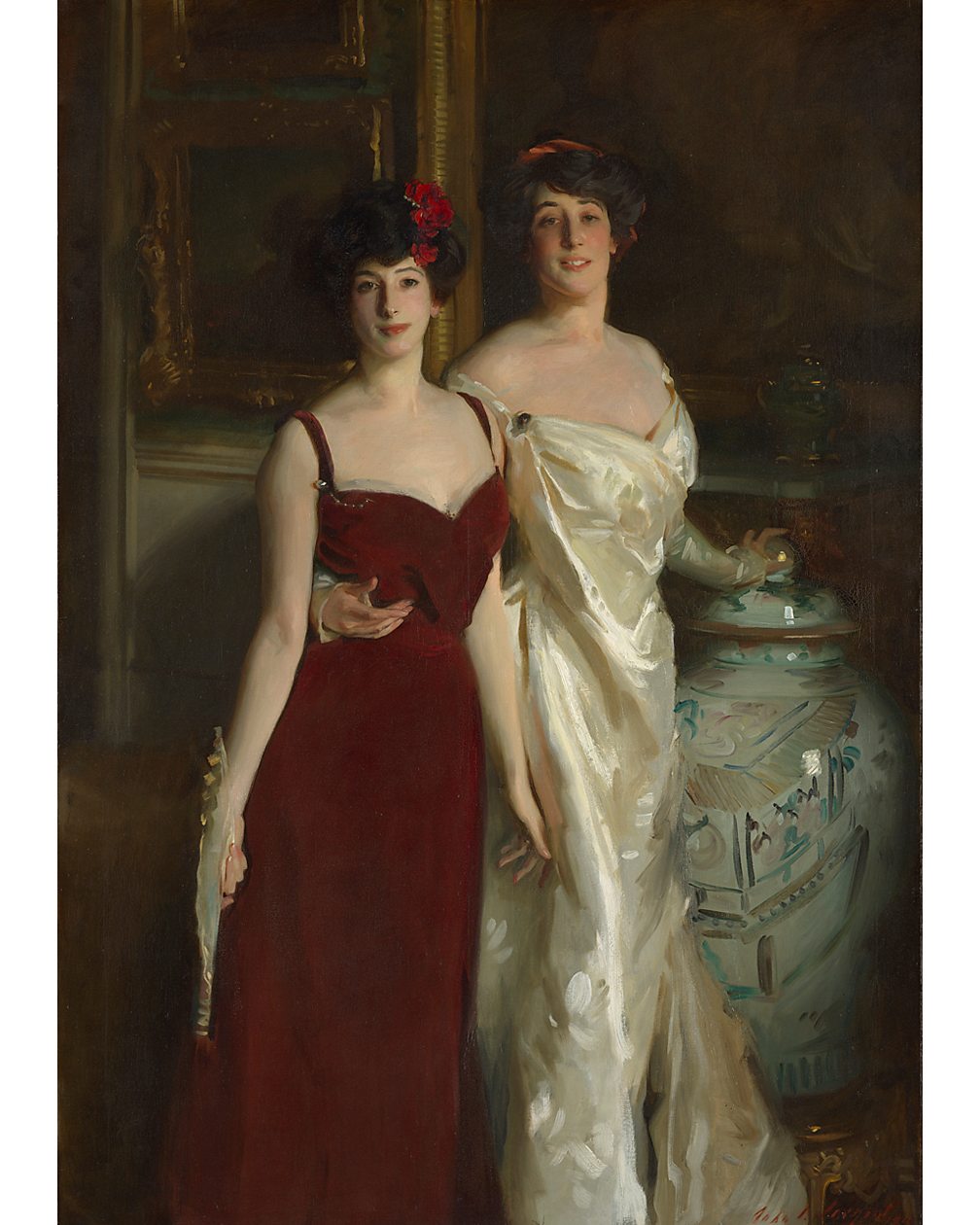
However, the fact that Ena's portrait was painted four years after a joint portrait of her and her sister that had come in for even harsher criticism suggests that she, and indeed her entire family, didn't give a damn about the critics.
That portrait saw Ena, head held high, with one hand draped around Betty's waist, the other resting on the lid of a large Chinese vase, a symbol of the source of the family's wealth. Both young women are dressed in opulent, daringly low-cut gowns. They radiate a personal, and even sexual confidence, that seems to have brought out the worst of contemporary British snobbishness and prejudice.
In the Saturday Review, DS Macoll commented that Ena was "there with a vivacity hardly matched since Rubens, the race, the social type, the person," while Marion Spielmann complained in the Magazine of Art that "the vivacity – especially of the two young ladies – is almost painful."
Although "vivacity" was clearly something conservative society felt should be restrained, for the Wertheimers it was something to be appreciated. Ena obviously felt no need to rein in her natural effusiveness for A Vele Gonfie, and Sargent seems to have delighted in the opportunity to paint her in such a manner. Her refusal to be cowed by societal expectations obviously appealed to the artist who actively sought out the company of women who shared a similar outlook, often celebrating them in his work.
"He moved in predominantly artistic circles and these women were some of his closest friends," says Frances Fowle, Personal Chair of 19th-Century Art at the University of Edinburgh and Senior Curator at the National Galleries of Scotland. In addition to the Wertheimers, Sargent's circle included the US art collector and patron Isabella Stewart Gardner and the British writer Violet Page, known as Vernon Lee, who was in a same-sex relationship with Clementina "Kit" Anstruther Thomson. "He was less conventional than a lot of portrait painters and much more embracing of the lifestyle that a lot of these women led," Fowle tells BBC Culture.
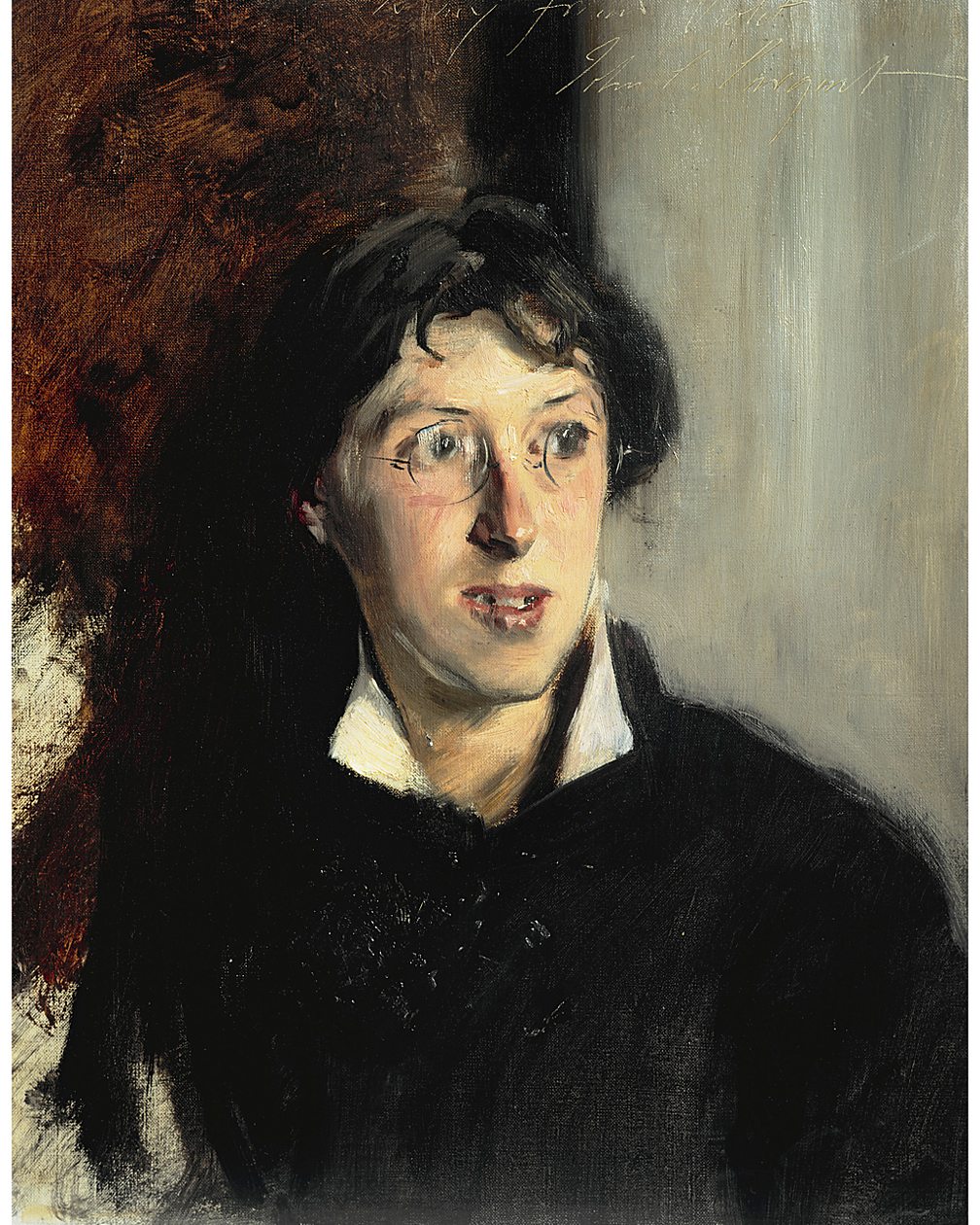
Sargent painted both Lee and Anstruther Thomson in highly unconventional portraits. Lee is wearing glasses and has her hair pulled back, giving her a masculine appearance that is heightened by her collar and tie. Anstruther Thomson also wears a collar and tie, and stands with her thumbs hooked into her lapels in a commanding manner.
These were both private portraits, so Sargent was free to take greater liberties, but he pushed boundaries even with commissioned portraits, when he knew his sitters came from liberal or progressive families.
"There's something more dynamic about the poses he chooses for these women," says Fowle. Alice Thursby, who was born into a politically liberal family and studied art in Paris, is a case in point. "She's rising from the chair, it's an active pose, it's very unusual even in Sargent's oeuvre," says Fowle. The way in which Thursby's left hand, pushed powerfully into her hip, draws attention to her wedding ring is also significant. "I think the point is that her marriage is not going to tie her down. Her husband was an engineer and had landed estates so she was moving into that more conventional life and yet she herself comes across as very independent and liberal-minded."
The fact that she is not wearing an evening gown is another factor that emphasises her modernity. "He often made the decision, especially with younger women, to show them in daywear as modern women, which was quite unconventional," says Fowle.
The hand-on-hip pose, which can be seen in his portraits of Louise Burckhardt and Mrs Edward L Davis, was another way in which he emphasised his appreciation of emancipated women. "It's definitely something that signals confidence. It's a very commanding pose. It was quite often associated with the idea of New Women, particularly in caricatures. It was associated with masculinity and confidence," says Fowle.
Fowle believes that two of Sargent's most celebrated portraits, Lady Agnew of Lochnaw and Ellen Terry as Lady Macbeth, also show his fondness for strong women. Lady Agnew had reluctantly entered into a marriage with a much older man but appears to have preferred the lively company of those closer to her own age. Sargent captures a sensuality that she perhaps felt obliged to suppress under normal circumstances. For Terry, he went so far as to invent a pose that does not occur in the play, and which serves to emphasise the actress's commanding presence both on- and off-stage.
But for sheer joie de vivre and a determination to gleefully ignore societal prejudice, nothing can beat Ena Wertheimer in A Vele Gonfie.
Fashioned by Sargent is at the Museum of Fine Arts, Boston until 15 January 2024, when it moves to Tate Britain until 7 July 2024.
If you liked this story, sign up for The Essential List newsletter – a handpicked selection of features, videos and can't-miss news delivered to your inbox every Friday.
